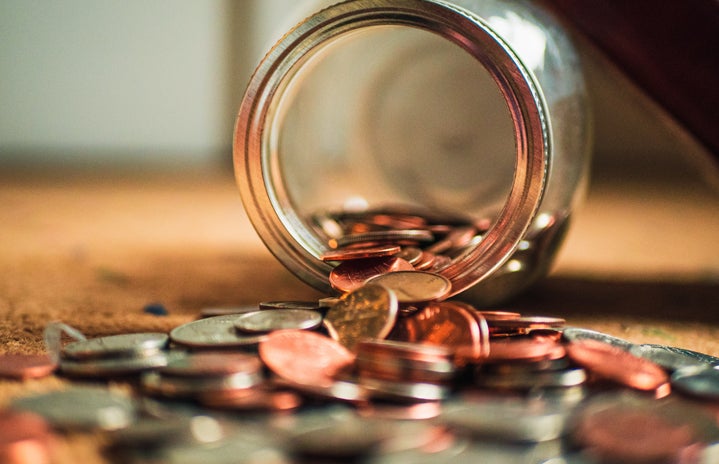Between 1964 to 1973, America’s poverty rate was cut in half – the product of Lyndon B. Johnson’s historic “War on Poverty.” President Johnson’s comprehensive set of programs designed to target growing poverty in the United States came to be known as the “Great Society.” However, poverty is back on the rise and the United States now has the highest level of income inequality among high-income countries, excluding Israel.
(Source: Flickr, Thomas Leuthard)
President Johnson’s Great Society program created a “social safety net,” a piecemeal set of programs across states designed to address the current financial problems of struggling families. The long-term goal of the social safety net is to promote labor-market self-sufficiency, or in other words, to encourage struggling individuals to return to the workforce.
Not only is the word “welfare” pejorative, it is ambiguous and an entirely inaccurate representation of America’s social safety net. Politicians on both sides of the aisle carelessly throw around this term and inject it into political discourse in order to further their own ideological agendas, when in reality, they are referring to a broad array of relief programs that are designed by both the federal and partisan-controlled state governments.
1. What does “welfare” actually consist of?
There are three types of income support in the United States: social insurance, social assistance, and tax credits. Social insurance is targeted towards the poorest Americans, and includes unemployment insurance, disability, and worker’s compensation. Social assistance is more supplementary in design, consisting of Supplemental Nutrition Assistance Program (SNAP) and Temporary Assistance to Needy Families (TANF). However, tax credits are particularly targeted towards relieving the tax-burdens of the middle-class, and consist of the Earned Income Tax Credit (EITC) and the Child Tax Credit (CTC).
So, technically even the middle-class receives “welfare” and almost every single parent in America, rich, middle-class, and poor, receives a reduction on their taxes.
2. You cannot purchase alcohol or drugs on so-called “food stamps.”
“Food stamps” is actually known as SNAP, and is designed purely to supplement the diets of those in need. According to this video, SNAP averages to $1.49 for each meal, and this money doesn’t last the vast majority of people to the end of the month.
3. States are largely in control of social assistance programs like Medicaid.
Medicaid is health insurance for low-income households in the United States and serves many of our nation’s oldest citizens, primarily those who are unable to care for themselves and live in nursing homes. States are the primary designers and beneficiaries of this program, dictating who benefits and how much they receive. This is largely shaped by the political ideologies of the party that controls state government.
4. You must have a job to receive assistance, unless you receive disability benefits.
In the 1990’s, President Clinton dramatically changed the structure of the social safety net – requiring that an individual must be employed to receive assistance. This was done to encourage those to go back to work after alleviating poverty in the short term. Politicians and individuals often conflate “welfare” with “disability.” One can only receive TANF (temporary social assistance) for a maximum of five years, and then you are completely cut off. Likewise, unemployment insurance and worker’s compensation are temporary in design, intended for those who are unexpectedly out of a job. However, if you have a medical condition preventing you from working, you can receive long-term assistance from the government.
Right now, only 32% of the need for poverty relief in our country is met. Since President Johnson’s Great Society, we have seen no recent improvements in poverty, and child poverty has reached an all-time high. The United States is an outlier – not only in terms of its meager social assistance programs, but has the highest level of inequality among the world’s wealthiest nations. If you still think that “welfare” is a drain on the economy and supplements the lives of “lazy people,” think about this: even the middle-class receives “welfare” from the federal government.
*None of the images belong to Her Campus or the author.
Study cited at beginning of article: The Stanford Center on Poverty and Inequality. State of the Union: The Poverty and Inequality Report. Pathways Magazine, Special Issue 2016.


